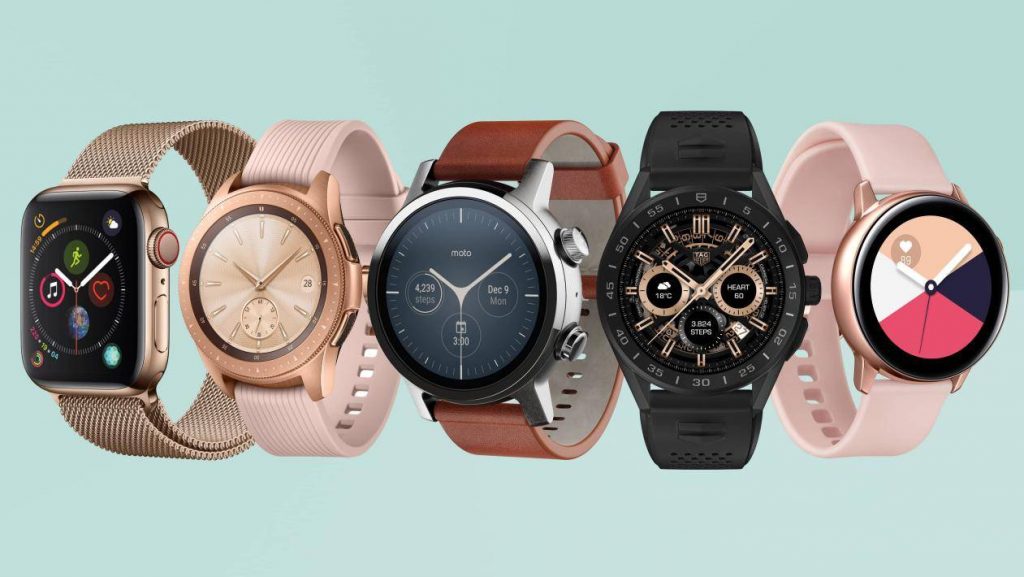
There’s no doubt that with the popularity of smartphones that can manage virtually every aspect of our lives, the trend in technology is to get more and more “connectivity” into smaller and smaller packages.
Simultaneously, wrist watches have become a lesson in technological redundancy for many people. Ask a friend for the time of day and they’re just as likely to glance at their smartphone as they are to look at an actual wrist-bound timepiece. The newest wave of smart watches aims to change all that
Smart watches are digital watches that do more – a lot more – that your old analog time tracking device. We’re not talking about that once-amazing calculator watch that you had in elementary school. These are full-fledged digital tools.
Watches on the Rise
Smart watches haven’t exploded in popularity for various reasons. The technological hurdles are high. And the fashion faux pas are, well, unforgivable.
Let’s start with the tech side. Because human wrists are only so big, wrist watches must be extremely compact. In turn, this means the display must be small. That means a populace accustomed to ridiculously oversized smartphone screens must learn to use a substantially smaller interface on a smart watch.
t also means that software developers must find intuitive graphical interfaces that fit a watch’s limited display area. As programmers who create smartphone apps can attest, this challenge can make or break a product.
Battery life is another notable design challenge. Current battery technology will only power a glowing smart watch with myriad functions for a few hours. After that, it’s back to the charger.
And then, of course, there’s the fashion aspect of smart watches. Like it or not, a watch is a fashion item, and it reflects directly on your ability to dress yourself properly in the morning. Most manufacturers are still struggling to combine features and fashion in ways that don’t shriek “geek.” The designs tend to be clunky, obnoxiously large and likely to clash with any wardrobe that rises above casual.
Product to Watch
So far, no smart watch has captured the imagination and devotion of consumers. With so many companies dumping so much time and money into these products, it seems likely that at some point, a smart watch will strike industry gold.
It may be that the rumored products from Apple and Google could be the ones to succeed. Apple is known for its ability to combine usefulness with aesthetics, and Google’s deep pockets and sprawling Android user base could help put a smart watch over the top.
Until the first home-run product arrives, it’s anyone’s guess as to where watches will go from here. Perhaps they’ll always be considered smartphone accessories, permanently tethered to a more powerful handheld device. Or maybe an innovative user interface and better battery life will result in watches that cast off master gadgets as unnecessary, and perhaps … unfashionable.
It might be that the limited real estate of a watch is simply too difficult of a hurdle for contemporary technologies to overcome. At the moment, each manufacturer is basically going fishing – throwing out their lines of products in the hopes that at least one of them will snag a following. So far, Pebble (perhaps the biggest underdog in the entire lineup) has done best, selling more than 250,000 units in its initial offering.
If such a small company can find a niche with its digital contraptions, you can bet that bigger corporations are working to do the same.